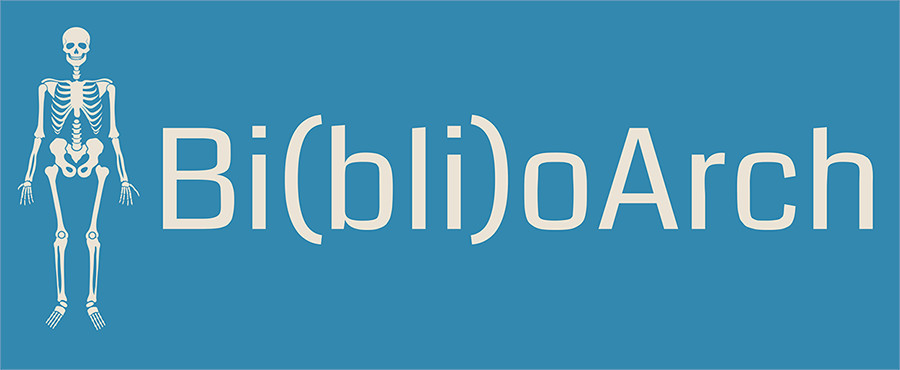Scholars from the Cyprus Institute, Nicosia, have prepared a bibliographic database for human bioarchaeological studies in the Eastern Mediterranean and Middle East (EMME), chronologically covering skeletal assemblages from prehistory to early modern times.

This database emerged from an increasing realization that many studies on human skeletal remains in the region have been published in national archaeology journals, excavation monographs, ‘grey’ reports, or as graduate theses, making them difficult to find, especially by international scholars. A further complicating factor is that many relevant studies have been published in the national languages of the region, hence they do not appear during any basic online search in English. Bi(bli)oArch aims at overcoming these limitations and promoting bioarchaeological research in the EMME by making human bioarchaeology papers and reports more easily discoverable.
The database allows search by region and theme. The regional search adopts modern-day national borders, while acknowledging that these borders had little to no meaning in the past. For simplicity, the term ‘Levant’ has been adopted to jointly denote countries along the Levantine coast and Jordan, while ‘Arabian Peninsula’ has been used to capture Bahrain, Kuwait, Oman, Qatar, Saudi Arabia, the United Arab Emirates, and Yemen.
The thematic division of the entries uses the following broad bioarchaeological themes:
- activity,
- ancient DNA,
- biodistance,
- demography,
- diet,
- isotopes,
- metrics,
- mobility,
- no Keyword,
- nonmetrics,
- pathology,
- stature,
- taphonomy.
If no search terms are input, all available titles will be given in the output list. Even though every effort has been made to access all works listed in the database, in certain cases this was not possible. In such cases, the papers have been tagged as ‘No Region’ or ‘No Keyword’ unless the region and/or theme were clear from the publication title.
The Bi(bli)oArch database currently contains 3,521 titles and will be continuously updated. The authors would be deeply grateful if you could contact them in order to bring to their attention corrections and omissions so that Bi(bli)oArch evolves into a cooperative initiative.* To stress this communal philosophy, Bi(bli)oArch is made as a free tool and all content is distributed under the terms of a Creative Commons license (CC BY-NC-SA 4.0).
Development of the Bi(bli)oArch database was supported by the European Regional Development Fund and the Republic of Cyprus through the Research and Innovation Foundation [grant number: EXCELLENCE/1216/0023], as well as the European Union Horizon 2020 [grant number: 811068].
The Bi(bli)oArch database is available online
A more detailed presentation of this initiate can be found in: Nikita E, Mardini M, Mardini M, Tsimopoulou C, Karligkioti A. 2021. Bi (bli) oArch: An open-access bibliographic database for human bioarchaeological studies in the Eastern Mediterranean and Middle East. Journal of Archaeological Science: Reports, 39, 103151
*You may contact us directly through the Bi(bli)oArch website or by email at e.nikita@cyi.ac.cy or m.mardini@cyi.ac.cy
This article may be freely reprinted without photographs, with reference to the source
Author:
Efthymia Nikita – Dr Nikita is Assistant Professor of Bioarchaeology at the Cyprus Institute, Science and Technology in Archaeology and Culture Research Centre. Her research aligns with biocultural approaches and seeks to provide insights into the daily life, activity patterns, demography, health, and diet of past populations using macroscopic osteological methods, such as entheseal changes, cross-sectional geometric properties, three-dimensional geometric morphometrics and nonmetric traits. From a geographic perspective, her projects span North Africa and the Near East, while, temporally, they cover a broad period from prehistory to medieval times. In addition, she is committed to refining the available osteological methodology, which has resulted in a number of publications evaluating broadly used methods for assessing age at death and activity patterns, and suggesting advanced statistical models for osteoarchaeological topics.
Editor: J.M.C.
Proofreading: Daniel Viktor Takacs
